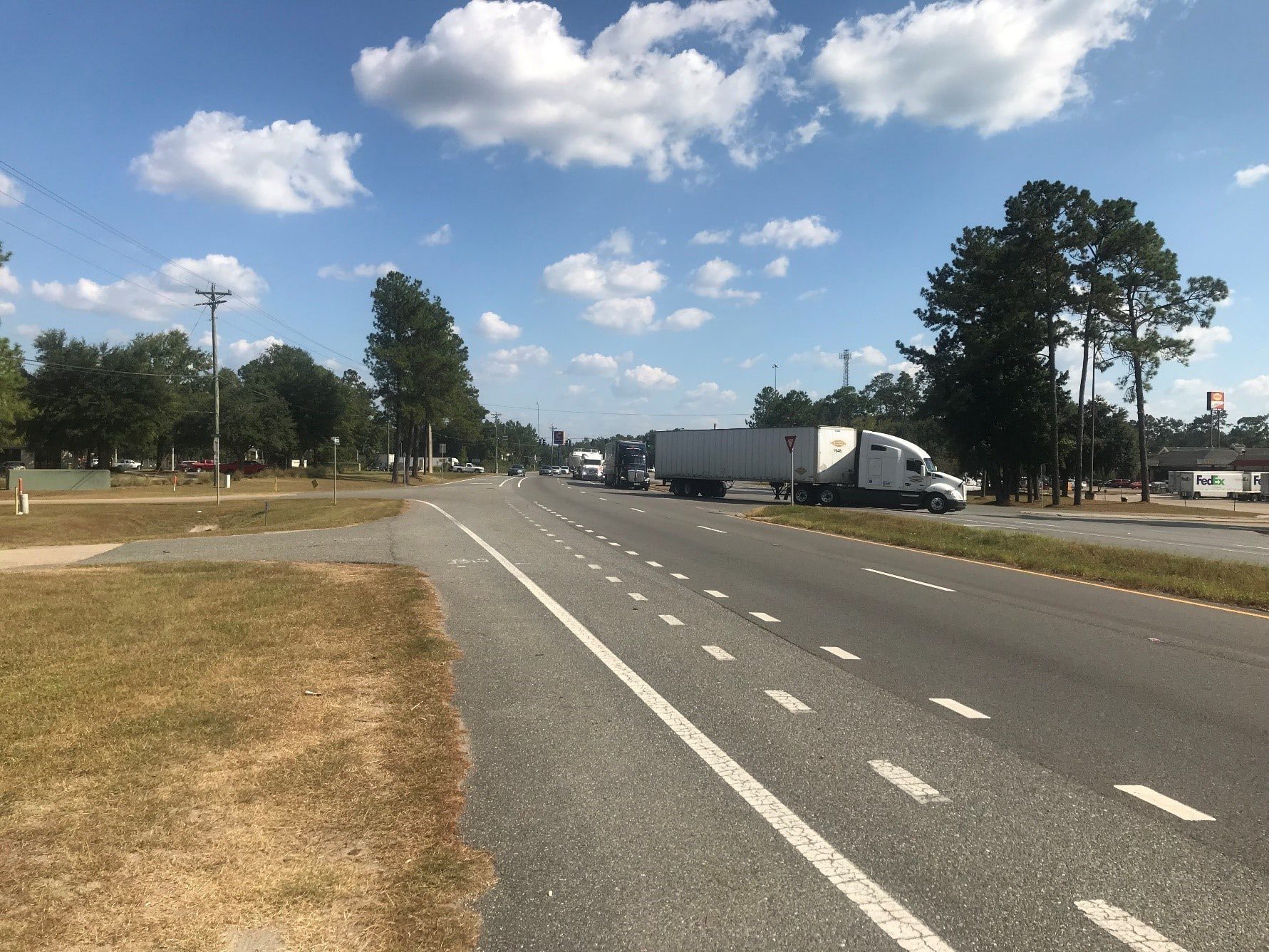PolyRejuvenator™ Technology Evaluation
Case Study
 “Of all the materials recycled in the United States, nothing is recycled as consistently as asphalt pavement mixture,” according to a National Asphalt Pavement Association press release. “The latest survey of asphalt mix producers finds that more than 99 percent of the asphalt pavement material removed from roads and parking lots in 2017 was put back to productive use, primarily in new asphalt pavement mixtures.”
“Of all the materials recycled in the United States, nothing is recycled as consistently as asphalt pavement mixture,” according to a National Asphalt Pavement Association press release. “The latest survey of asphalt mix producers finds that more than 99 percent of the asphalt pavement material removed from roads and parking lots in 2017 was put back to productive use, primarily in new asphalt pavement mixtures.”
Most asphalt mixes use reclaimed asphalt pavement (RAP) in their designs to help reduce costs during production. Unfortunately, too much RAP can make the asphalt mixture stiff and brittle, which will result in poor pavement performance and shorter lifespan.
In Florida, styrene-butadiene-styrene (SBS) modified binders are proven to have superior performance compared to non-polymer modified binders. Currently, the Florida Department of Transportation (FDOT) allows a maximum of 20 percent RAP in any mixture using a PG 76-22 to capitalize on the RAP usage’s cost benefit and the polymer’s performance advantage.
A concern with higher RAP content is the recycled binder replacement, which results in less virgin asphalt, and consequently, a diluted polymer content. To combat this, Kraton recommended using PolyRejuvenator™ technology. This solution combines the use of a rejuvenator – which activates and “rebalances” the RAP binder to a softer, more usable product – and a HiMA binder (designated as “High Polymer” in the FDOT Specifications). PolyRejuvenator thus increases the RAP amount used in the mixture while compensating for the diluted polymer content.
A balanced mix design concept optimizing the asphalt mixture’s cracking and rutting performance allows an asphalt producer to find innovative ways to use RAP while maintaining performance. During the design process, if performance test results for cracking resistance are low, a common fix would be to decrease the RAP content or increase the asphalt binder content – with the latter being more expensive. An innovative alternative is to add a rejuvenator to the asphalt mixture, which activates the RAP binder and enhances the overall performance.
Kraton completed a cost analysis calculating the PolyRejuvenator™ technology’s performance benefit and increased binder content versus the cost-benefit of RAP. They found the breaking point to be approximately 40 percent RAP. Kraton then evaluated a 40 percent RAP granite mixture using its PolyRejuvenator™ technology at a traditional 4.0 percent air voids per FDOT requirements. They also measured the mixture’s rutting and cracking performance compared to the more conventional mix of 40 percent RAP using a PG 52-28. Kraton then decided to use a balanced mix design approach by designing at 3.5 percent air voids, which increased the optimum binder content but ultimately balanced the mixture’s performance.
